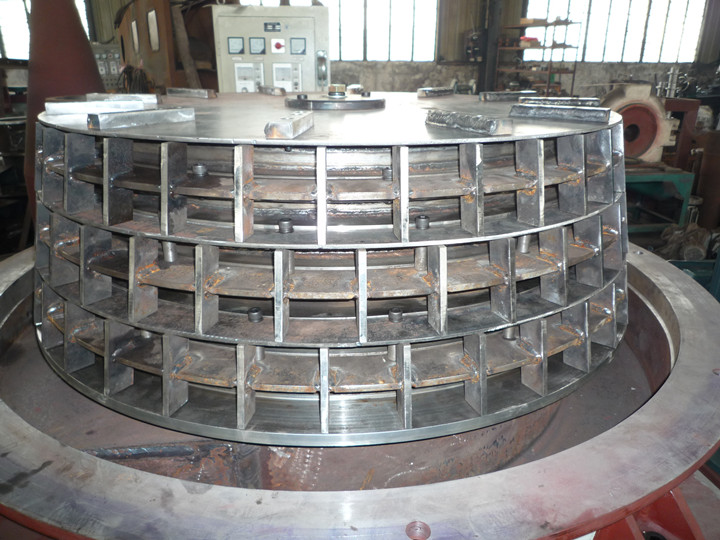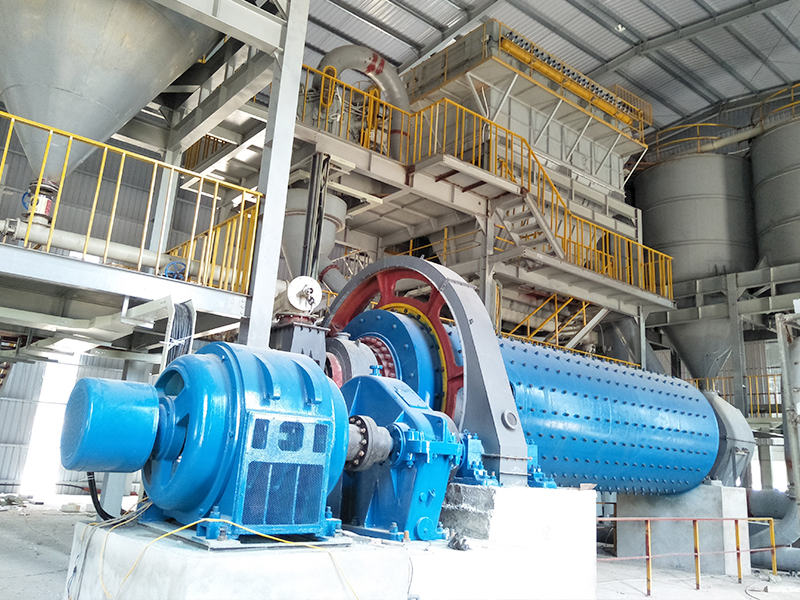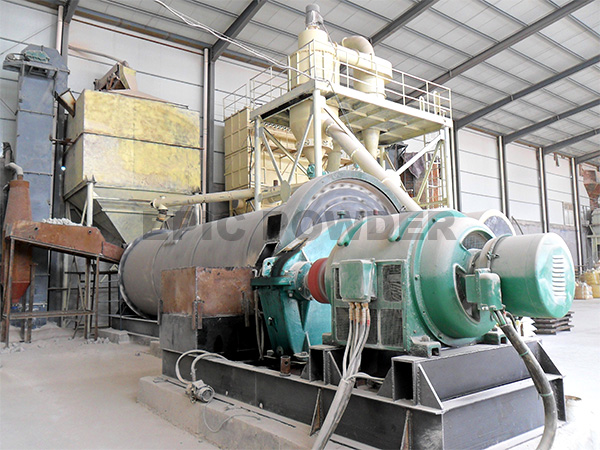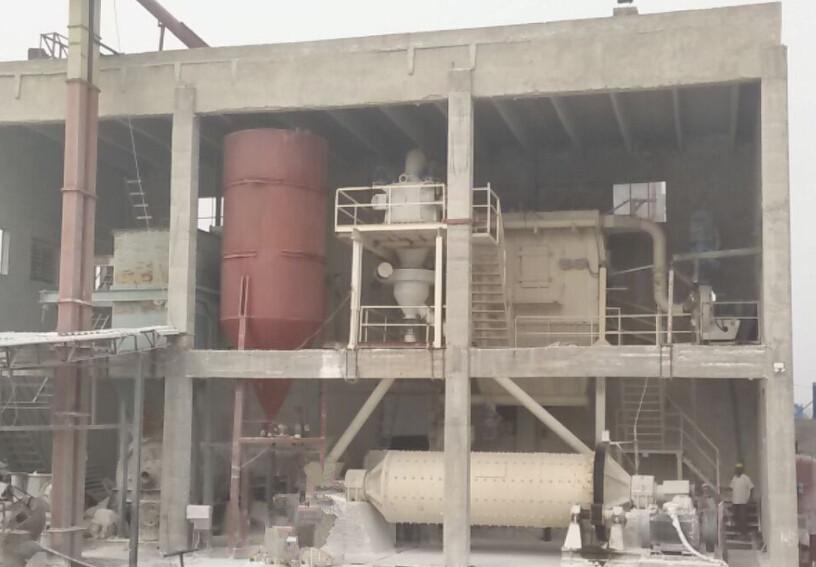NO. 369, Road S209, Huanxiu, Qingdao City, China
montmorillonite,Pin Mill

Seven types of organic modifiers commonly used in montmorillonite
Montmorillonite (MMT) is a huge and cheap natural mineral resource with unique lamellar structure, which is a cost-effective filler for enhancing the properties of polymer materials.When MMT is well dispersed in the polymer matrix, the mechanical properties, air tightness, thermal stability and flame retardant properties of the polymer material can be significantly improved. However, due to its hydrophilic surface, it has poor compatibility with polymers and is difficult to achieve good dispersion. Therefore, it must be organically modified.
At present, the commonly used organic modifiers for montmorillonite mainly include the following:
1. Cationic surfactants
Cationic surfactants are the most commonly used and most used organic modifiers to modify MMT. The modification mechanism is: cationic surfactants exchange ions with the cations between the MMT layers, so that cationic surfactants can enter smoothly. Between the MMT layers, the MMT is changed from oleophobic to lipophilic, and the interlayer spacing of the MMT is increased, which is beneficial to the further intercalation of the polymer chain.
(1) Organic quaternary ammonium salt
Organic quaternary ammonium salts are the most commonly used cationic surfactants in MMT organic modification. Since the organic quaternary ammonium salt itself is relatively large, after entering the interlayer of MMT, it can effectively increase the interlayer spacing and increase the interlayer spacing, which is conducive to further intercalation reactions.
The carbon chain length and shape of alkyl quaternary ammonium salts have a certain degree of influence on the interlayer spacing and the arrangement of alkyl chains in the interlayer. Generally, within a certain range, as the length of the alkyl molecular chain increases, the interlayer spacing increases. The cationic groups of the alkyl quaternary ammonium salt molecules are preferentially adsorbed on the surface of the lamellae, while the tails of the alkyl chains radiate outward to form different arrangements. The length and concentration of the alkyl chain used determine its arrangement, and the arrangement is diverse. It is generally believed that there are three main types: parallel monolayer and parallel bilayer, pseudo-trilayer, and inclined structure.
(2) Organic quaternary phosphonium salt
Commonly used organic quaternary ammonium salts have the disadvantage of poor thermal stability, but when preparing OMMT/MMT nanocomposites, it is usually necessary to increase the temperature. If the processing temperature is close to the decomposition temperature of the surfactant, decomposition will occur, thereby destroying the filler and the interface between polymers. Compared with the quaternary ammonium salt, the MMT modified by the quaternary phosphonium salt showed better thermal stability.
(3) Organic imidazolium salts
Like organic quaternary phosphonium salts, organic imidazolium salts can also improve the thermal stability of MMT.
2. Anionic surfactants
Anionic surfactants can have ionic dipole interactions with MMT, so that molecules can be loaded or even intercalated between MMT layers, thereby effectively organically modifying MMT.
3. Nonionic surfactants
Nonionic surfactants have the advantages of strong adsorption to MMT, high chemical and thermal stability, low toxicity and potential biodegradability, so they are also favored by MMT modification researchers. There are generally two driving forces for its adsorption: (1) the adsorption process is an entropy-increasing process; (2) there is a difference in the concentration of non-ionic surfactants between the MMT layers and outside the layers.
4. Amphoteric surfactant
The effects of amphoteric surfactants on the structure and properties of modified MMTs are less studied, and so far, the intercalation mechanism of such OMMTs is still inconclusive.
5. Coupling agent
The coupling agent contains functional groups that can react with hydroxyl groups on the surface of MMT, so the coupling agent can achieve covalent bonding with the surface of MMT.
In addition, the coupling agent also contains at least one other functional group, which can achieve good interfacial bonding with the polymer matrix, thereby enhancing the polymer properties.
6. Polymerizable monomers
Polymer-forming monomers are often used as a further intercalation modification of OMMT, introducing monomers into the interlayers of OMMT, initiating in-situ polymerization of the monomers between the layers, and producing polymer nanocomposites, thereby further improving the composite. material properties.
7. Compound modifier
Compound modifier usually refers to using two or more organic modifiers to modify MMT at the same time, which is expected to improve various properties of MMT composite materials.




Leave a Comment